6 key things to consider when buying a camera bag
Our in-depth guide to finding the right camera bag for you

Do you know how to choose the best camera bag for you? Whether you've got one of the best mirrorless cameras or a tried-and-trusted DSLR, a good camera bag isn’t just about protection. As well as carefully storing a camera body, the best camera bags can safely store a variety of lenses, accessories and other equipment, including one of the best tripods.
Finding the ideal camera bags can be a little overwhelming because they come in all shapes and sizes, so in this guide we're going to show you exactly what to look for when trying to choose the best camera bag for you.
1. Size
Consider what equipment you need to fit inside your camera bag. If you want your bag to take two camera bodies then you'll obviously have to ignore the smaller products. That goes double if you have DSLR cameras, which tend to be bigger than mirrorless cameras.
Camera bag capacities are usually measured in liters. Smaller bags (big enough for one camera) are around 15L, while larger ones (good for at least two cameras, plus lenses and more) can be around 40L or larger. But in general, most standard bags will be in the 20-30L range. This is usually enough for your camera gear, plus a laptop or tablet and other accessories, like ND filters.
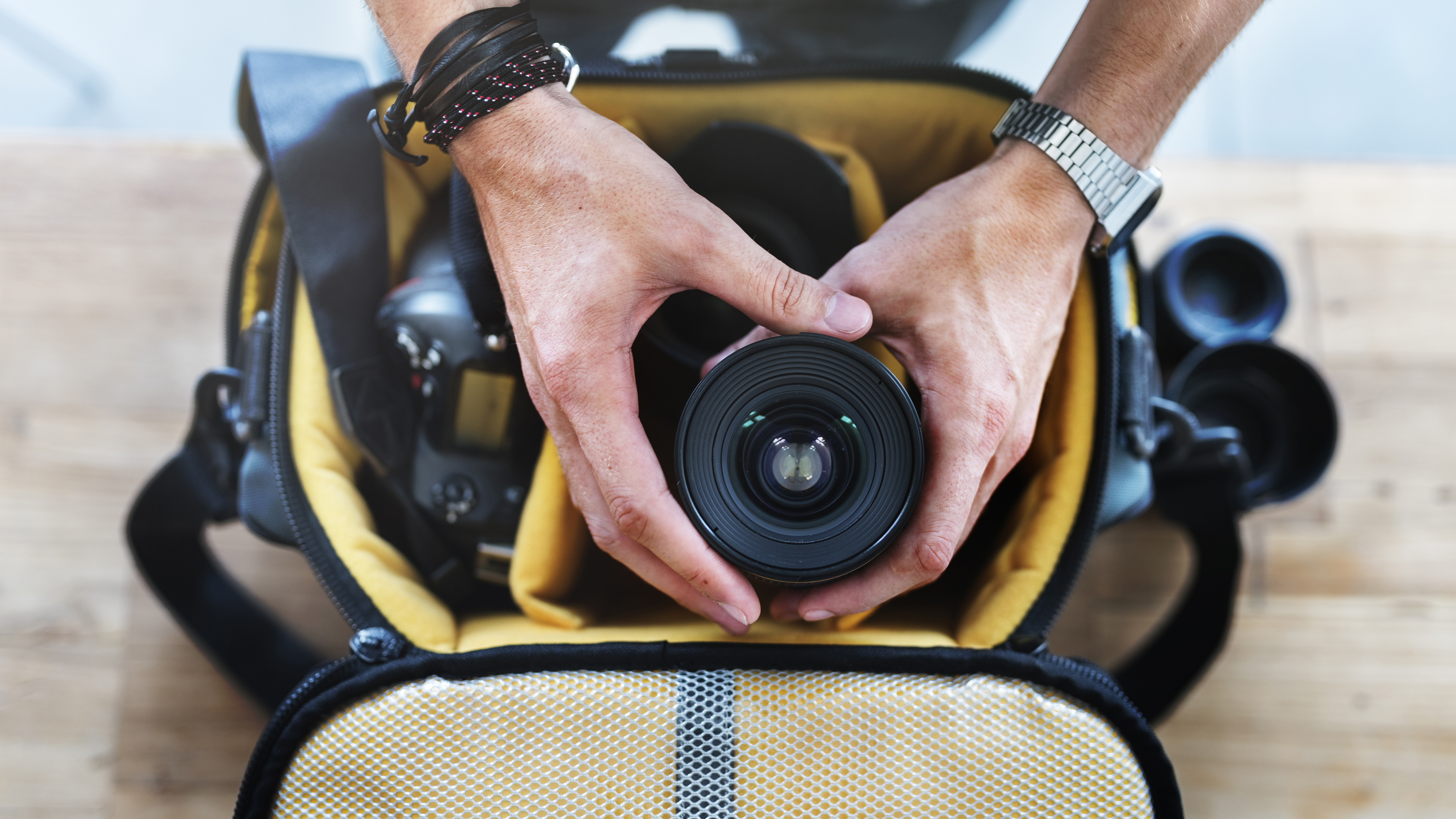
Either way, it's worth considering lenses. It goes without saying that if you want to take a large zoom lens and a couple of camera bodies then you are going to be looking for one of the bigger camera bags, like one from the Vanguard Alta Sky range. However, if you have a mirrorless camera and a single zoom lens then you can probably fit them into a reasonably small product. While a 30-liter bag is tempting, that does also means a heavy load to lug around.
2. Flight considerations
If you do a lot of flying with your photography gear then you need to buy a camera bag that doubles as a carry on. That means thinking about dimensions.
Annoyingly, the restrictions keep changing and the allowances are shrinking, so purchasing something that just about fits into the overhead locker one year might not work next year.
Get daily insight, inspiration and deals in your inbox
Sign up for breaking news, reviews, opinion, top tech deals, and more.
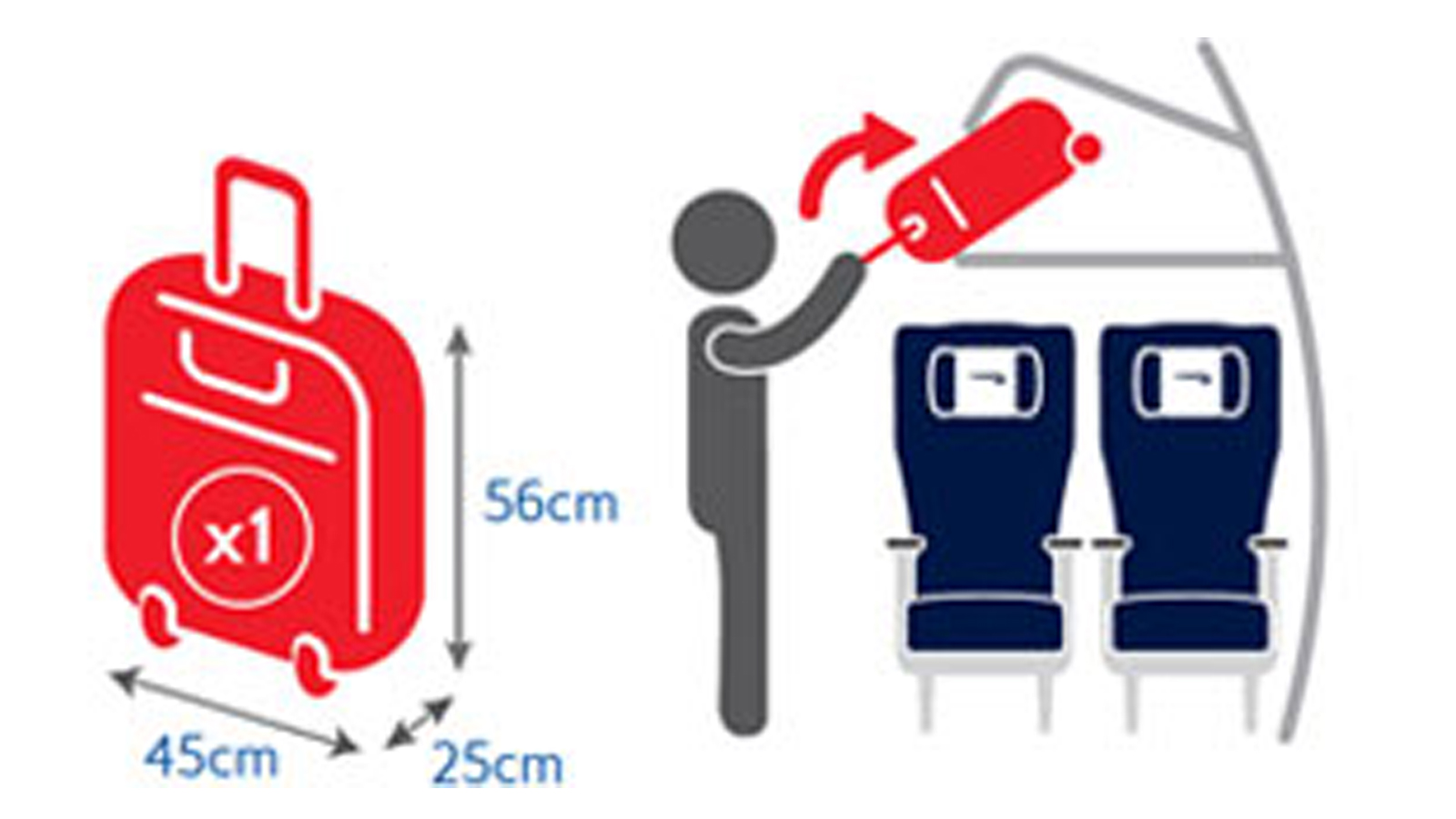
As examples, for British Airways it’s 56x45x25cm (as well as a 40x30x15cm laptop/handbag, with the combined weight not to exceed 23kg) while for American Airlines it’s 56x36x23cm.
Keep an eye on a regularly-updated guide to cabin bag sizes and weight restrictionsfor the latest guidance. And if you fly a lot, consider getting a roller bag like the Manfrotto Pro Light Reloader Switch-55 (below).
3. Extra features
Camera bags are not just for storing cameras. Some camera bags have straps on the outside to accommodate a tripod. Others have straps all over them, so can host multiple tripods.
It makes sense to choose a camera bag with lots of small pockets, which can be useful not only for storing accessories like shutter release cables, filters, SD cards and batteries, but also snacks.
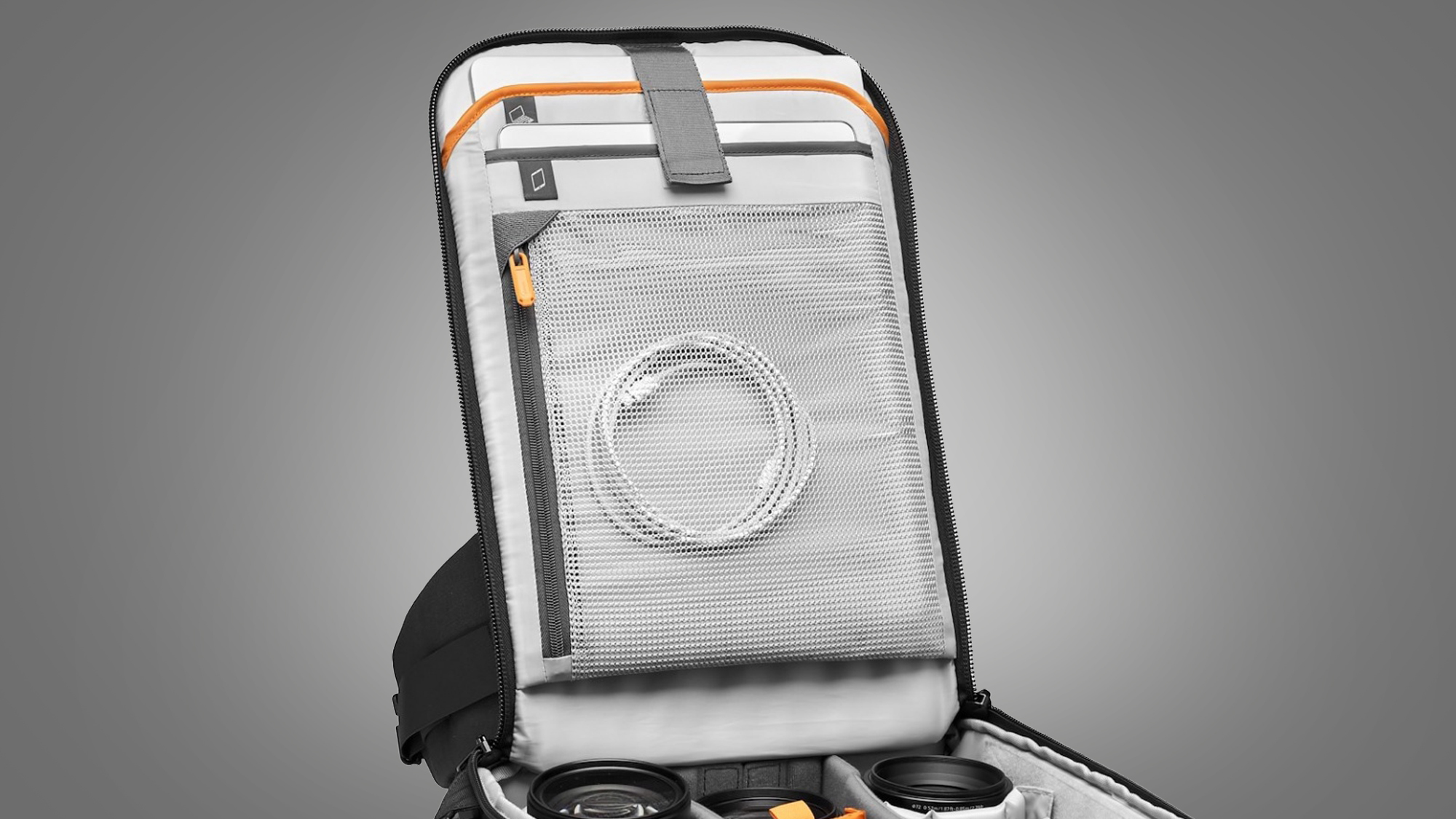
If you're a landscape photographer going off into the wilds then you're going to need room for things like food, water and an extra layer. Some have a pop-out rain cover.
A lot of mid-size and large bags have built-in laptop and/or tablet sections by default, but the sleeves themselves can add to the bulk of the bag, which is worth bearing in mind if space is likely to be a premium.
4. Styles
There are several different types of camera bags aimed at all kinds of uses, from working photographers and those in urban areas to landscape and wildlife photographers. These are the main ones:
- Camera backpacks
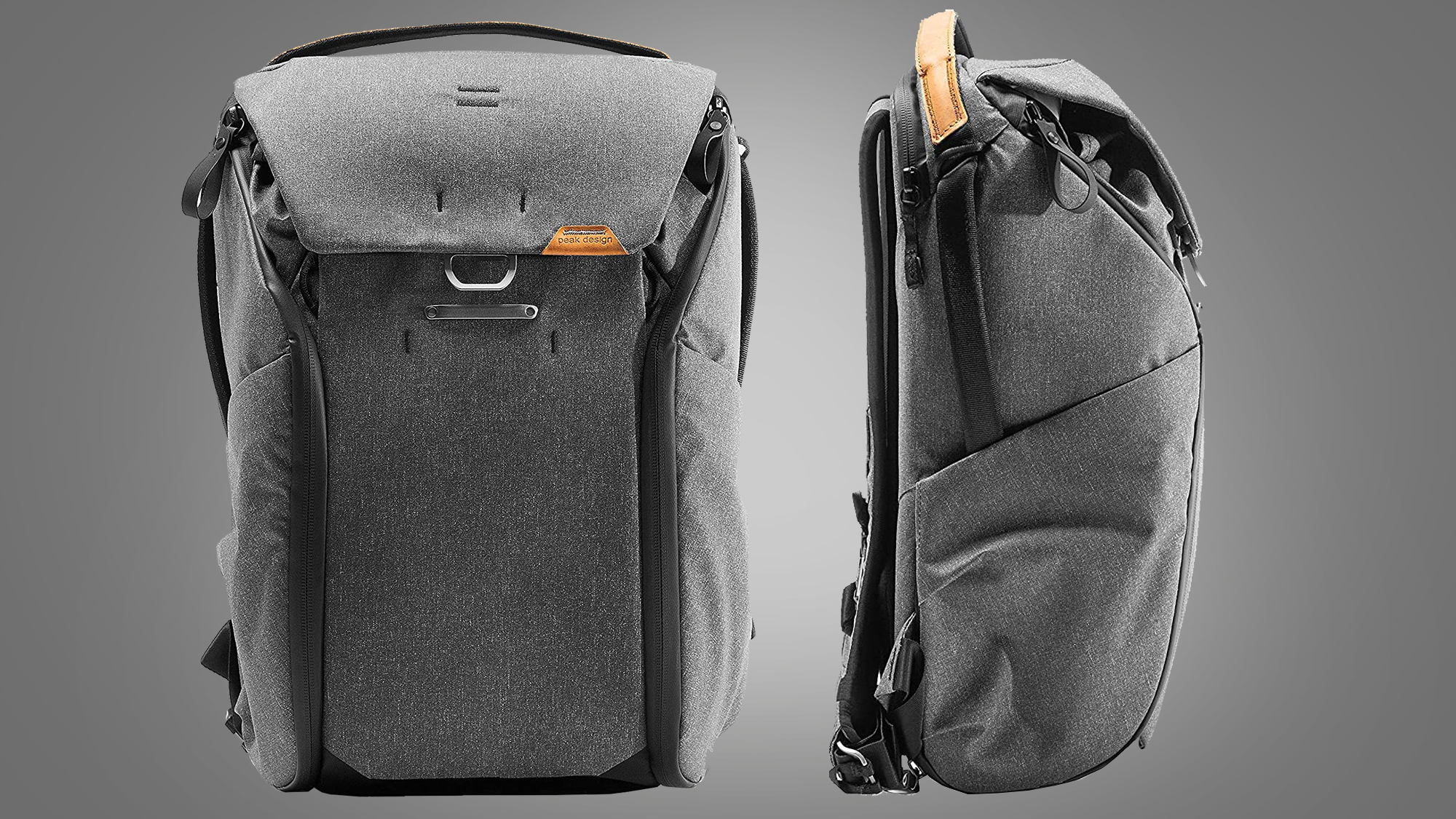
The best option for landscape photographers and travel photographers, most medium-sized camera backpacks also include a laptop sleeve and some way of attaching a tripod. Keep a note of how much these bags weigh, because they can get incredibly heavy very quickly.
- Camera messenger and sling bags
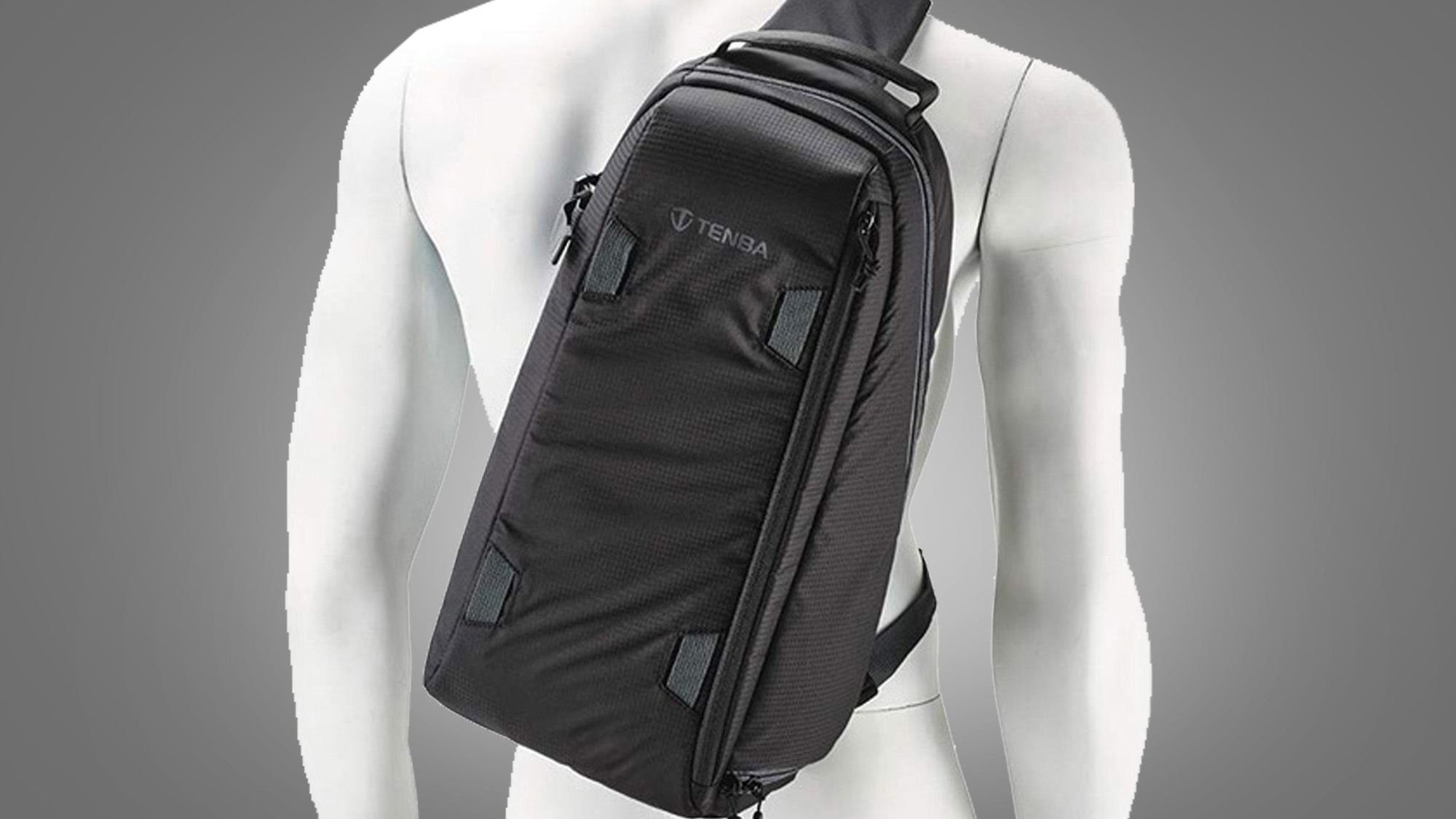
Street photographers or anyone who has only a small amount of gear should investigate the messenger design, which tends to go over one shoulder and gives you quick access to your gear. Sling bags tend to be even more minimal.
- Camera roller bags
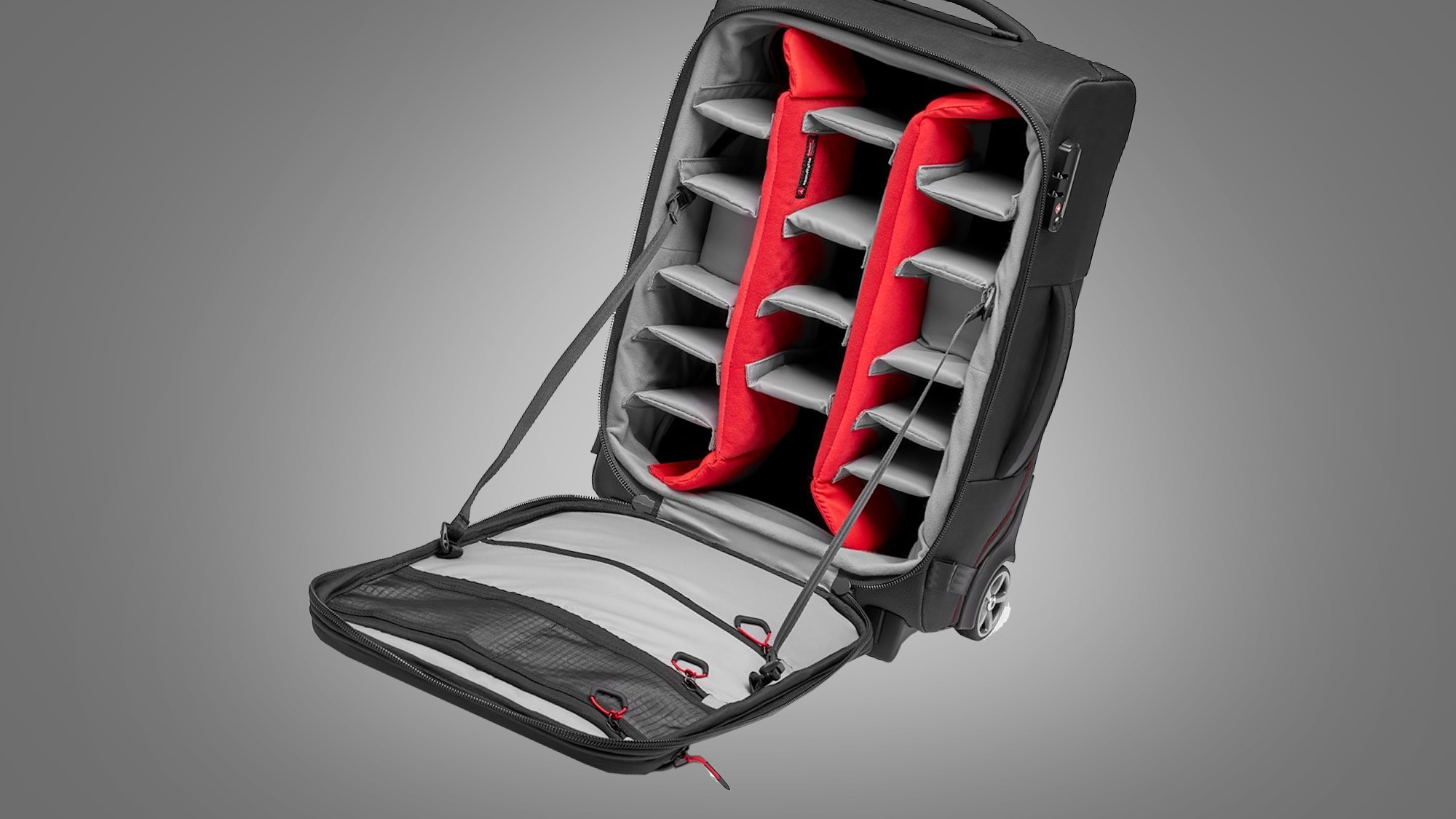
These bags are normally designed to carry a little more than the average photographer needs, with sections for studio lights, symbols and flashes and more for professional photographers. They're also usually designed to fit within the carry-on limits of most airlines, though it's always worth double-checking for your particular flight.
5. Access
Do you need to access your camera quickly? If so, then find a camera back that boasts side access as a minimum, so you can slide it round and take your camera out without removing the bag from your shoulders or back.
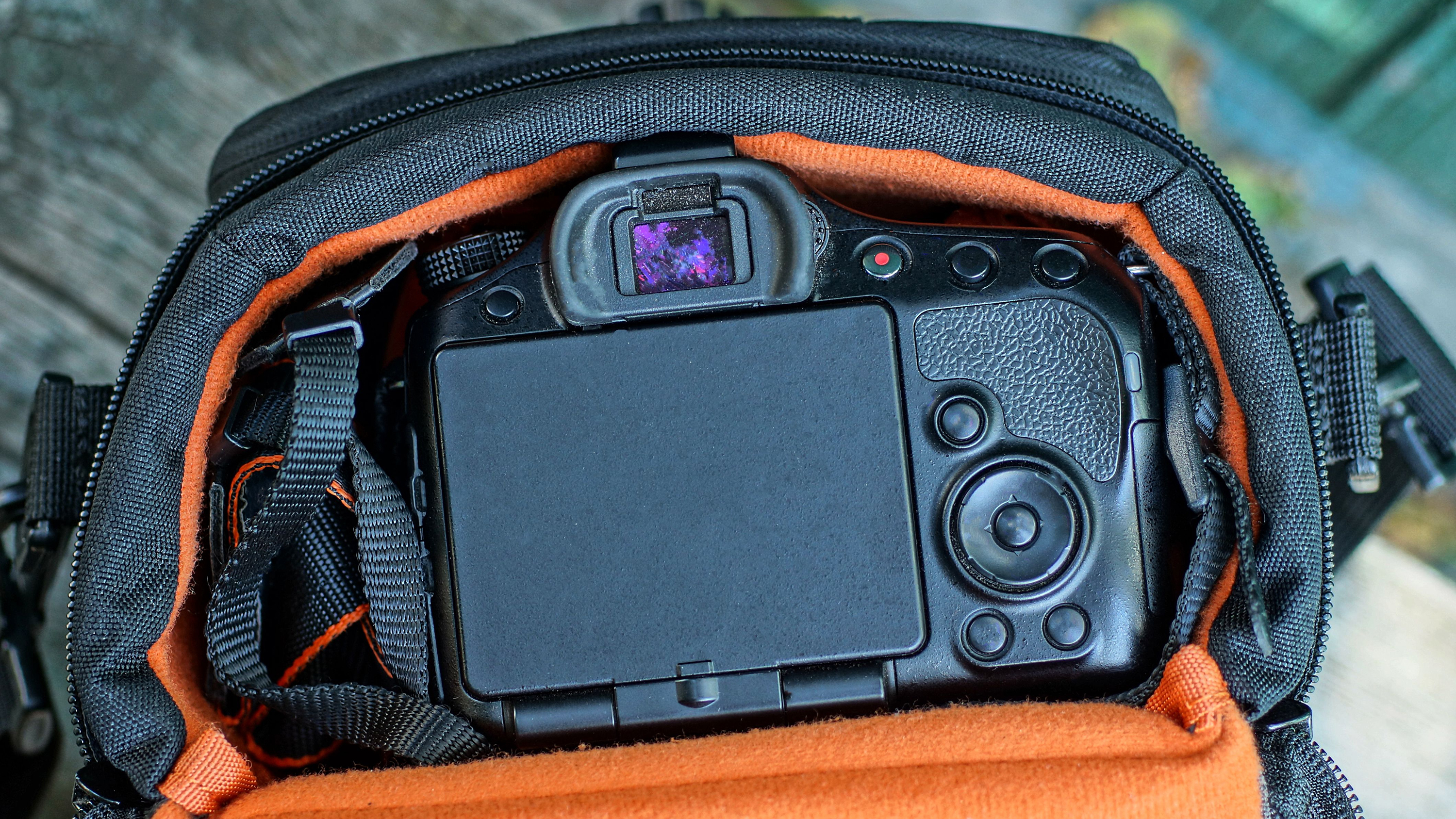
However, it may be that you would rather have more security while you’re on the go. If that's the case then consider choosing a camera bag with top access only. Even more secure are camera backpacks that open from the back, so when you wear them it’s impossible for opportunist thieves to open.
6. Build quality and weight
It goes without saying that you want your camera bag to be of the best quality if you want it to protect your camera gear. Look for ballistic nylon on the outside, which is tough and adds water resistance, and good quality Velcro dividers on the inside that can be moved and reshaped around your specific camera and lenses.
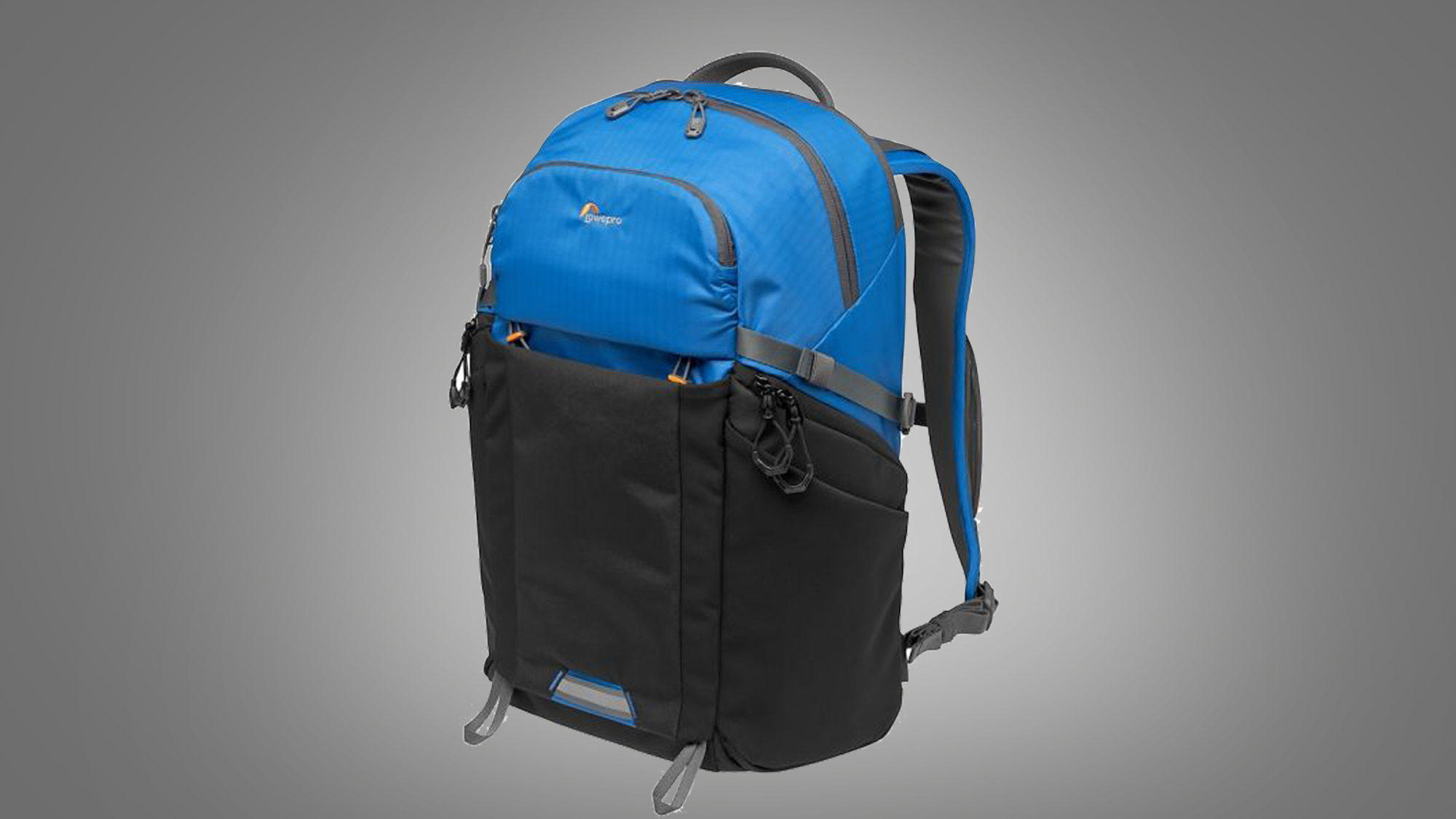
Camera bags have to put up with a lot of wear and tear, so look for good quality zips, excellent stitching, solid grab handles and well-padded shoulder straps. And if you're not quite sure where to start, check out our guide to the best camera bags you can buy.
Jamie is a freelance tech, travel and space journalist based in the UK. He’s been writing regularly for Techradar since it was launched in 2008 and also writes regularly for Forbes, The Telegraph, the South China Morning Post, Sky & Telescope and the Sky At Night magazine as well as other Future titles T3, Digital Camera World, All About Space and Space.com. He also edits two of his own websites, TravGear.com and WhenIsTheNextEclipse.com that reflect his obsession with travel gear and solar eclipse travel. He is the author of A Stargazing Program For Beginners (Springer, 2015),
